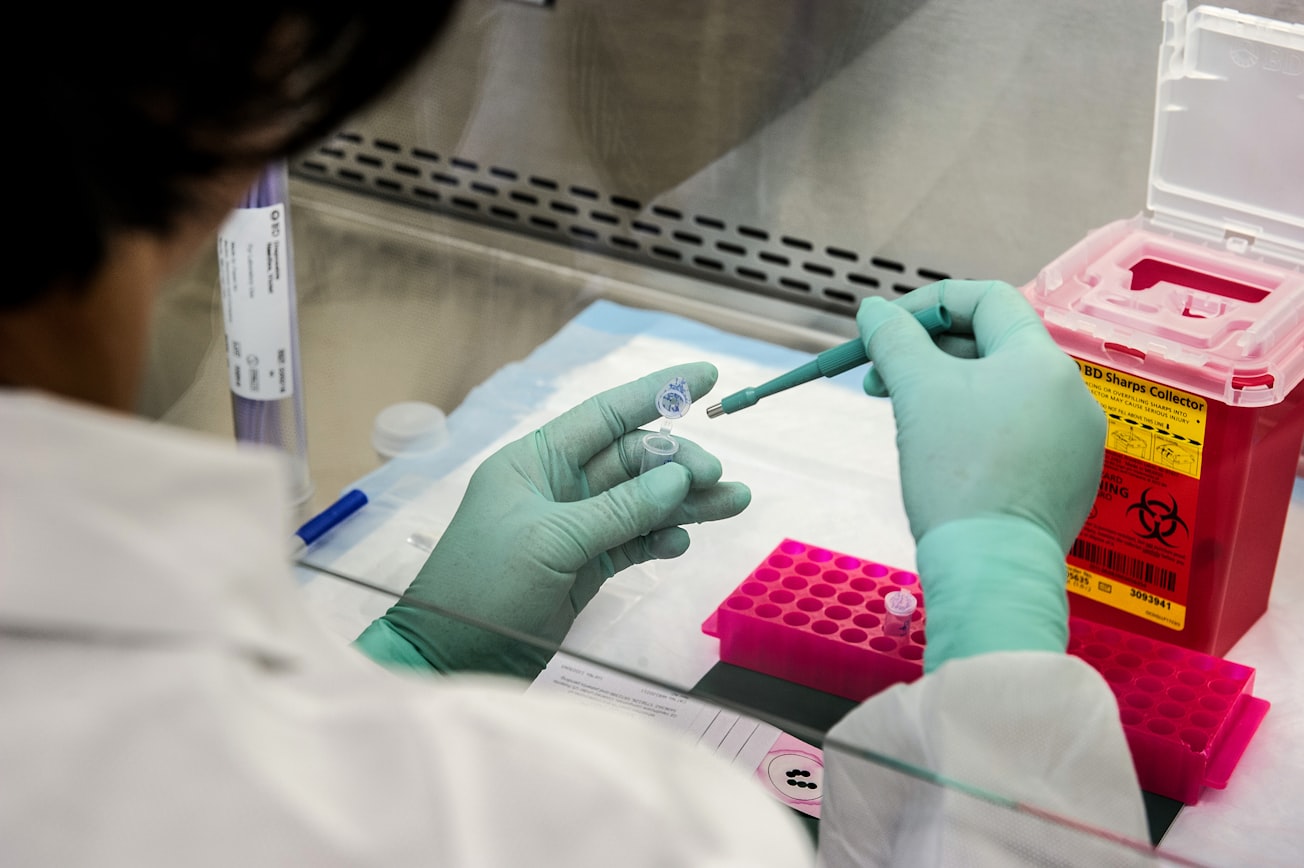What is it about?
Macrophages, especially primary macrophages, are challenging to transfect as they specialize in detecting molecules of non-self origin. We describe a protocol that allows highly efficient transfection of primary macrophages with mRNA generated from DNA templates such as plasmids.
Featured Image

Photo by CDC on Unsplash
Why is it important?
Macrophages are phagocytic cells specialized in detecting molecules of non-self origin. To this end, they are equipped with a large array of pattern recognition receptors (PRRs). Unfortunately, this also makes macrophages particularly challenging to transfect as the transfection reagent and the transfected nucleic acids are often recognized by the PRRs as non-self. Therefore, transfection often results in macrophage activation and degradation of the transfected nucleic acids or even in suicide of the macrophages. Here, we describe a protocol that allows highly efficient transfection of murine primary macrophages such as peritoneal macrophages (PM) and bone marrow-derived macrophages (BMDM) with mRNA in vitro transcribed from DNA templates such as plasmids. With this simple protocol, transfection rates of about 50-65% for PM and about 85% for BMDM are achieved without cytotoxicity or immunogenicity observed. We describe in detail the generation of mRNA for transfection from DNA constructs such as plasmids and the transfection procedure.
Read the Original
This page is a summary of: Highly Efficient Transfection of Primary Macrophages with In Vitro Transcribed mRNA, Journal of Visualized Experiments, November 2019, MyJove Corporation,
DOI: 10.3791/60143.
You can read the full text:
Resources
Contributors
The following have contributed to this page







